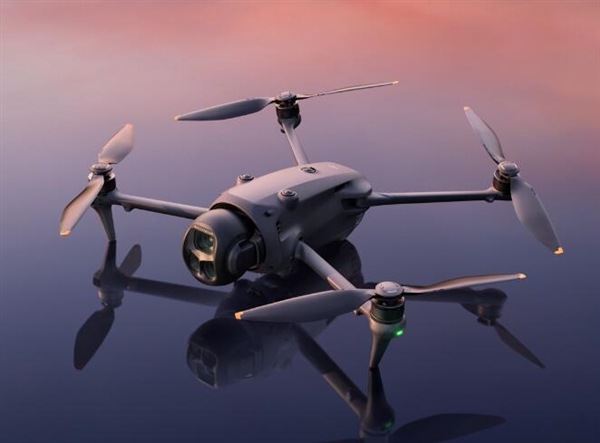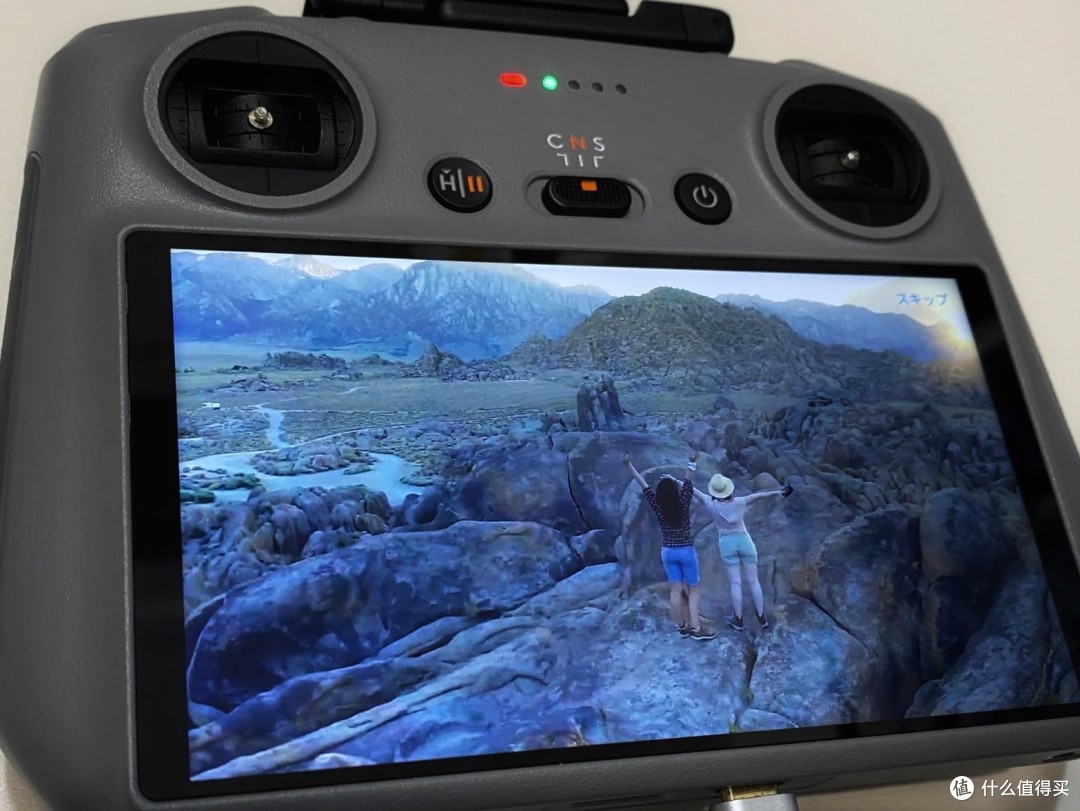Understanding Drone Deer Recovery: A New Era in Wildlife Conservation
Drone deer recovery is revolutionizing wildlife conservation by offering unprecedented methods for tracking and managing deer populations. This innovative approach leverages cutting-edge drone technology to locate wounded or deceased deer more efficiently, significantly contributing to ecosystem management and scientific research.
Life in the woods can be tough for deer, facing threats from predators, environmental challenges, and human encroachment. For conservationists and hunters alike, monitoring deer is crucial, but traditional tracking methods often fall short due to the vast and inaccessible terrains where deer are found.
Drone Technology: A Game Changer in Wildlife Management
Drones equipped with advanced cameras and sensors provide real-time data, helping locate deer that require recovery or observation. These drones can access areas that are otherwise difficult to reach due to rough terrain or dense foliage. Utilizing thermal imaging, drones can quickly identify deer, even at night or in challenging climates, ensuring timely response to conservation needs.
This technology not only aids in recovery but also enhances our understanding of deer behavior and migration patterns, enabling more informed conservation strategies. Drones minimize human interference, reducing the stress on wildlife while maximizing efficiency and accuracy in data collection.
Benefits of Using Drones in Deer Recovery
- Drones have lowered the cost and increased the accessibility of monitoring deer populations.
- With enhanced imaging technologies, drones provide precise tracking even in challenging environments.
- Rapid deployment and real-time data collection are instrumental during emergency situations.
- Drones offer a safer approach to wildlife observation, mitigating the risks involved with ground tracking.

Impact on the Environment and Conservation Efforts

The adoption of drone technologies in conservation has a myriad of ecological and practical benefits. By allowing for more precise tracking, drones help conserve resources, eliminate unnecessary human intrusion, and accelerate emergency responses for injured wildlife. This improvement in operational efficiency promotes more effective conservation plans.
Furthermore, drones provide valuable data that can support studies on environmental impact, human-wildlife conflicts, and population health, driving policies focused on sustainable wildlife management and protection.
Integration with Sustainable Practices
Drone deer recovery is not just about rescuing individual animals; it’s part of a broader strategy to maintain harmony in our ecosystems. Through detailed mapping and monitoring, drones contribute to maintaining the balance necessary for ecosystems to thrive. This sustainable approach ensures long-term benefits not just for wildlife, but for biodiversity at large.
Drone-based recovery techniques complement other conservation efforts, such as habitat preservation, by providing actionable insights into the state of wildlife and possible threats.
Frequently Asked Questions
- How are drones used in deer recovery?
- Drones use thermal sensors and high-resolution cameras to locate deer in their natural habitat, providing data necessary for prompt recovery efforts.
- Do drones disturb wildlife?
- When operated correctly, drones are less intrusive than traditional methods, reducing stress and disturbance to animals.
- Are drones a sustainable practice in conservation?
- Yes, they offer eco-friendly solutions by minimizing environmental disruption and providing efficient resource management.
Drones in wildlife conservation represent a forward-thinking approach that tackles the challenges of traditional methods, providing invaluable data that bolsters efforts towards sustainable ecosystem management.